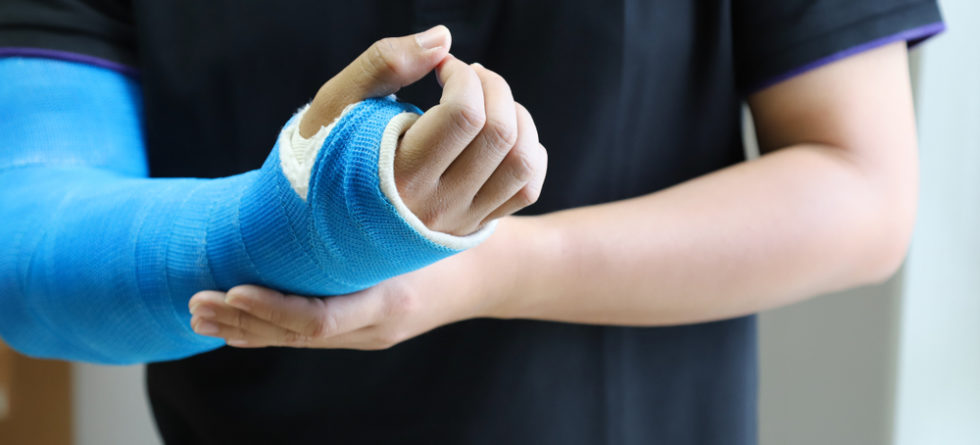Rehabilitating a fractured hand is a critical part of the recovery process to restore hand function, strength, and range of motion. Here is a general guideline on how to rehab a fractured hand, but it’s essential to follow your healthcare provider’s recommendations and a personalized rehabilitation plan:
- Initial Immobilization: The first phase of rehabilitation often begins with the removal of the cast or splint that was initially applied to immobilize the fractured hand. Your healthcare provider will assess the healing progress and determine when it’s appropriate to remove the immobilization device.
- Pain Management: If you experience pain or discomfort during or after immobilization, your healthcare provider may recommend pain management strategies, such as medication or ice therapy, to help with pain relief.
- Range of Motion Exercises: Gradual and controlled range of motion exercises are introduced to restore flexibility and mobility in the fingers, hand, and wrist. These exercises typically start with gentle movements and progress as healing allows.
- Strengthening Exercises: As the hand heals, a physical or occupational therapist may introduce strengthening exercises. These exercises are designed to rebuild hand and finger strength. Examples of exercises may include squeezing a stress ball or using hand grippers.
- Functional Activities: Once strength and range of motion have improved, rehabilitation may include functional activities tailored to your specific needs and daily life. These activities could include tasks like writing, picking up objects, and using your hand in a way that mimics your usual activities.
- Scar Management: If there is significant scarring from the fracture or the surgical procedure, scar management techniques may be used to minimize the appearance and improve the flexibility of the scar tissue.
- Progressive Exercises: Your rehabilitation plan will gradually progress, introducing more complex and challenging exercises to ensure you regain the hand’s full function. These exercises are designed to prepare you for returning to your usual activities, including sports or work.
- Education: Throughout the rehabilitation process, you will receive education and guidance on hand care, ergonomic practices, and strategies to prevent future injuries.
- Regular Follow-Up: Continue to attend follow-up appointments with your healthcare provider and therapist to monitor your progress, make any necessary adjustments to your rehabilitation plan, and receive guidance on the timeline for returning to normal activities.
It’s crucial to work closely with your healthcare provider, physical therapist, or occupational therapist throughout the rehabilitation process. They will provide personalized guidance based on the specific nature of your fractured hand, ensuring that your rehabilitation plan is tailored to your needs and progress. Following their recommendations and adhering to your rehabilitation program is essential for achieving the best possible outcome and regaining the full function of your hand.




